What size bed should I buy? Choosing the right size will make sleeping more comfortable and your bedroom less crowded!

In addition to chatting, entertaining and interacting with family at home, we spend most of our time sleeping and resting in the bedroom. Therefore, choosing a comfortable large bed is directly related to the quality of our life. If the bed is too small, then you will be nervous and afraid of falling off the bed when turning over in your sleep. This poor sleep quality will have a great impact on your life.
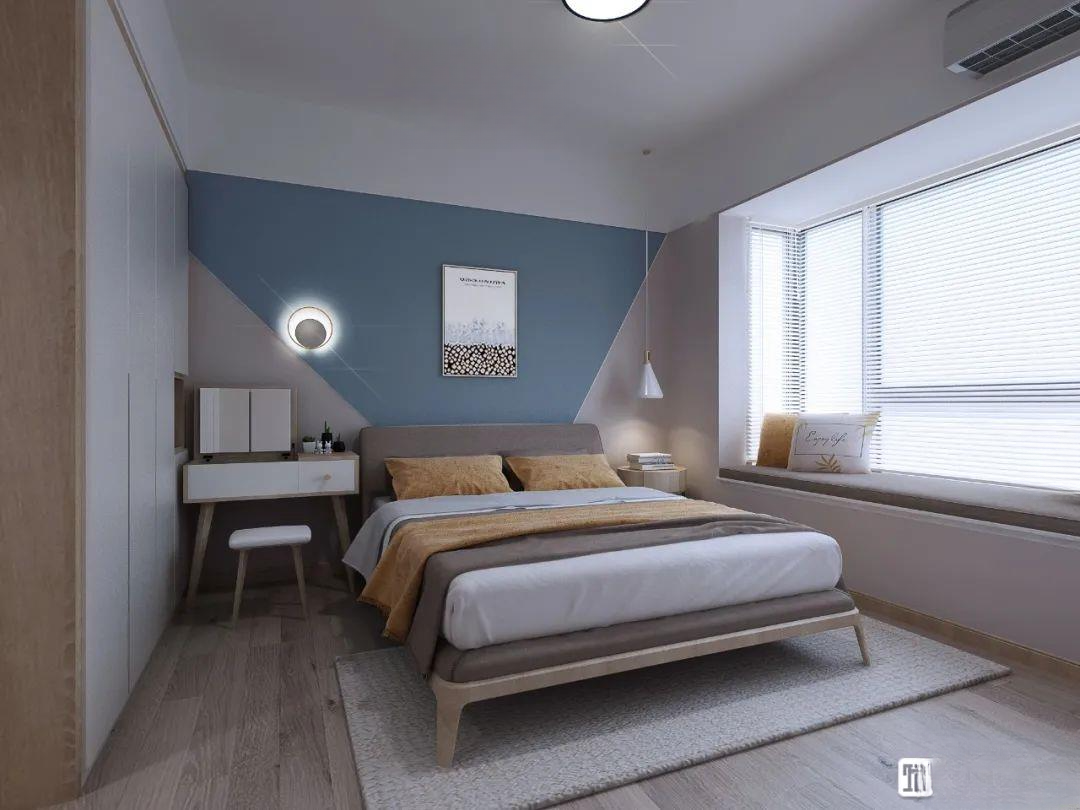
When we choose a bed, we usually consider comfort as the criterion, and the size should be as large as possible; however, in the limited bedroom space, placing a large bed may interfere with the design of the wardrobe and traffic flow. Therefore, in addition to choosing a large bed, we must also consider the layout of the entire bedroom. Today we will talk about how to choose the size of the bed from the perspective of the utilization and layout of the entire bedroom space!
Now, let’s start the main text!
The common bed sizes are basically 2 meters in length and 1.2, 1.5 and 1.8 meters in width. In order to adapt to the flexible use of some bedrooms, there are also beds with normal width and 1.9 meters in length, and normal length and 1.35 meters in width.

▲The regular widths of beds are 1.2, 1.5 and 1.8 meters. You can choose according to the size of your bedroom.
In order to maximize the use of bedroom space, when you encounter a relatively small bedroom, you can choose customized tatami or custom-made furniture, so that the size of the bed can be more flexibly controlled to provide a more practical and comfortable bed space.
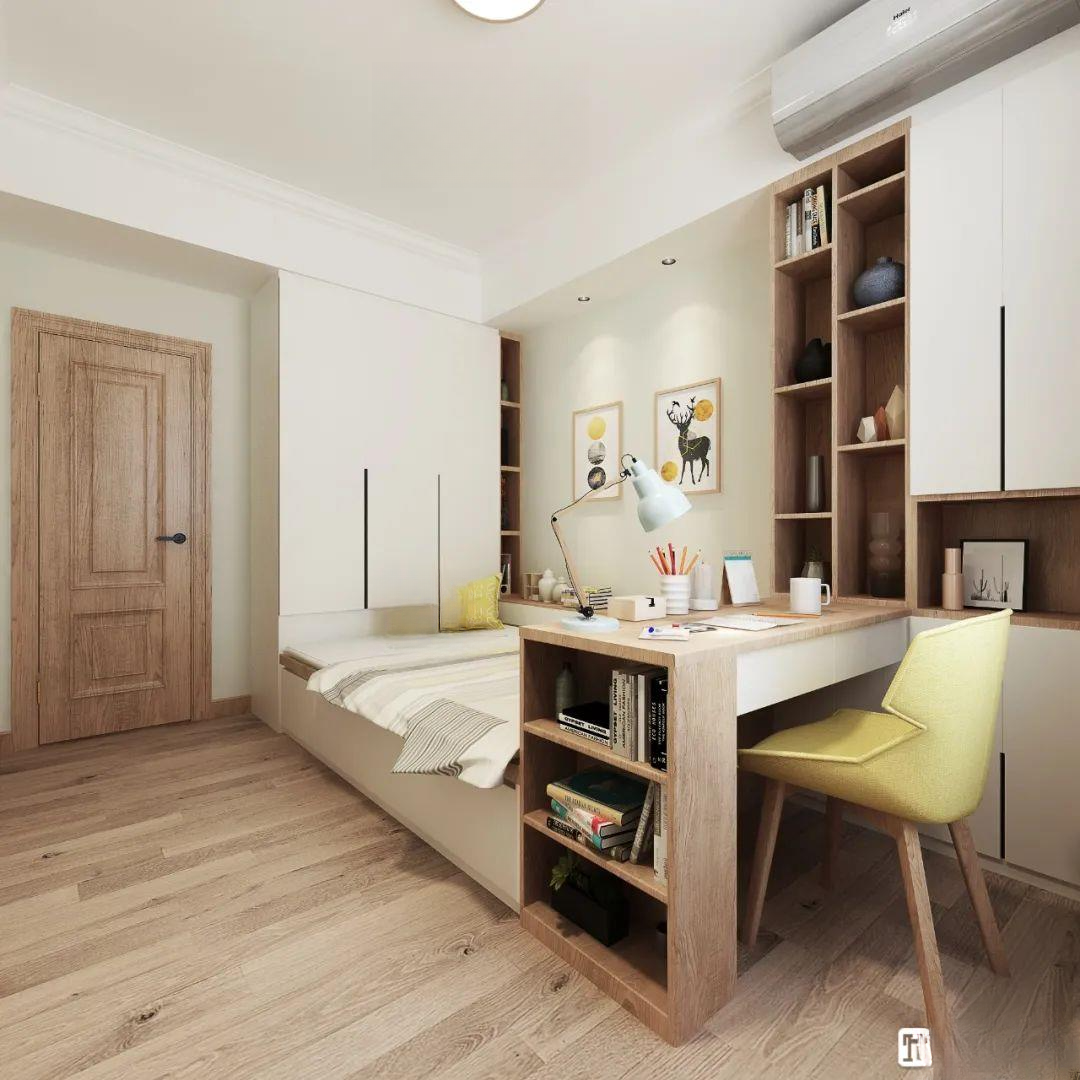
▲Customized tatami or custom-sized beds can be designed according to the space to maximize utilization.
Beds are available in a variety of sizes. For each bedroom in your home, how big a bed should you buy so that you can sleep comfortably and not make the bedroom look crowded?
First of all, in order to ensure the normal movement line for getting in and out of bed and entering the bedroom on a daily basis, the movement line size that needs to be reserved on the side of the bed is 60cm, while the length of a regular bed is 2 meters. Depending on the thickness of the backrest, the overall length of the bed is 2.1-2.3 meters. Let's just calculate it according to the smaller 2.1 meters!

▲The backrest behind the bed needs to occupy about 10-20cm.
In order to ensure that the bedroom traffic flow is not congested, how big can the bed be? Let's list some>①The end of the bed should not be against the wall, and the bedroom should be 2.7 meters long
The bed is 2.1 meters + the line at the end of the bed is 0.6 meters = 2.7 meters. From this, we can know the length and position of the bed. If the end of the bed is not against the wall, there will need to be a space of more than 2.7 meters.
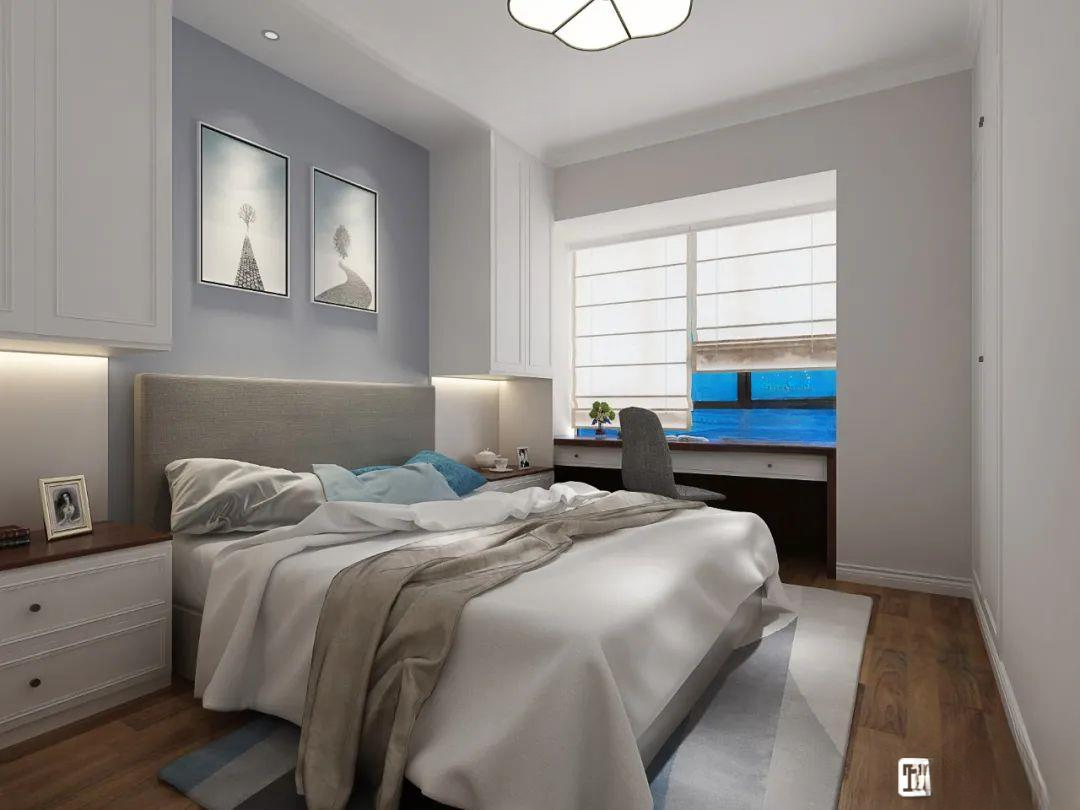
▲There should be space for entry and exit at the end of the bed, the size here is about 60 cm.
②The end of the bed is against the wall, and the bedroom only needs to be 2 meters long
If the bedroom is very small, the end of the bed can be placed against the wall, so that the entire bed is against the wall on three sides.

▲If the foot of the bed is against the wall, the length requirement for the bedroom will be smaller, which is suitable for bedrooms with a very small area.
③ Leave 0.6 meters for the moving line on the left and right sides of the bed
The wardrobe placed on the side takes up 0.6 meters, and then add the traffic line of 0.6 meters, the traffic line + wardrobe takes up 1.2 meters. If there are traffic lines on both sides of the bed, then the traffic line size will take up 1.2 meters, and the traffic line + wardrobe takes up 1.8 meters.
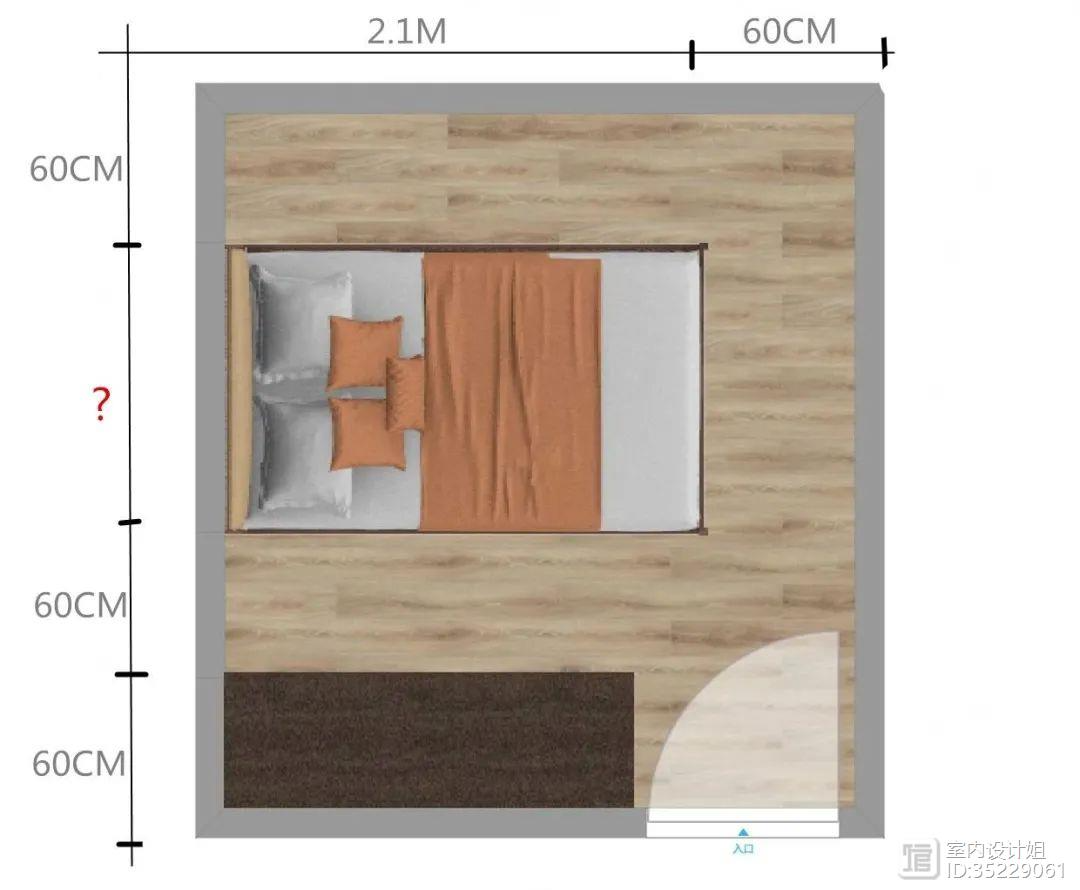
▲As shown in the picture above, after removing the basic traffic lines and wardrobe size, what remains is the reference for choosing the bed size.
Based on the known dimensions above, the question of buying a bed size is a simple arithmetic problem! Here are the results of the simple calculation:
If you buy a 1.2-meter bed, the width of the bedroom = 1.2 + 1.2 = more than 2.4 meters. If there are moving lines on both sides, the width of the bedroom must be more than 3 meters.
If you buy a 1.5-meter bed, the width of the bedroom = 1.5 + 1.2 = more than 2.7 meters. If there are moving lines on both sides, the width of the bedroom must be more than 3.3 meters.
If you buy a 1.8-meter bed, the width of the bedroom = 1.8 + 1.2 = more than 3 meters. If you leave traffic lines on both sides, the width of the bedroom must be more than 3.6 meters.
If the bedroom is big enough, you can buy a bigger bed and leave traffic passages on both sides. This is suitable for a double bed. When two people sleep together, they will not disturb the person next to them if they get up to go to the bathroom in the middle of the night.

If the bedroom is small and you want to buy a large bed, you can also place the bed against the side wall. This way you only need to leave one moving line, which saves more space.
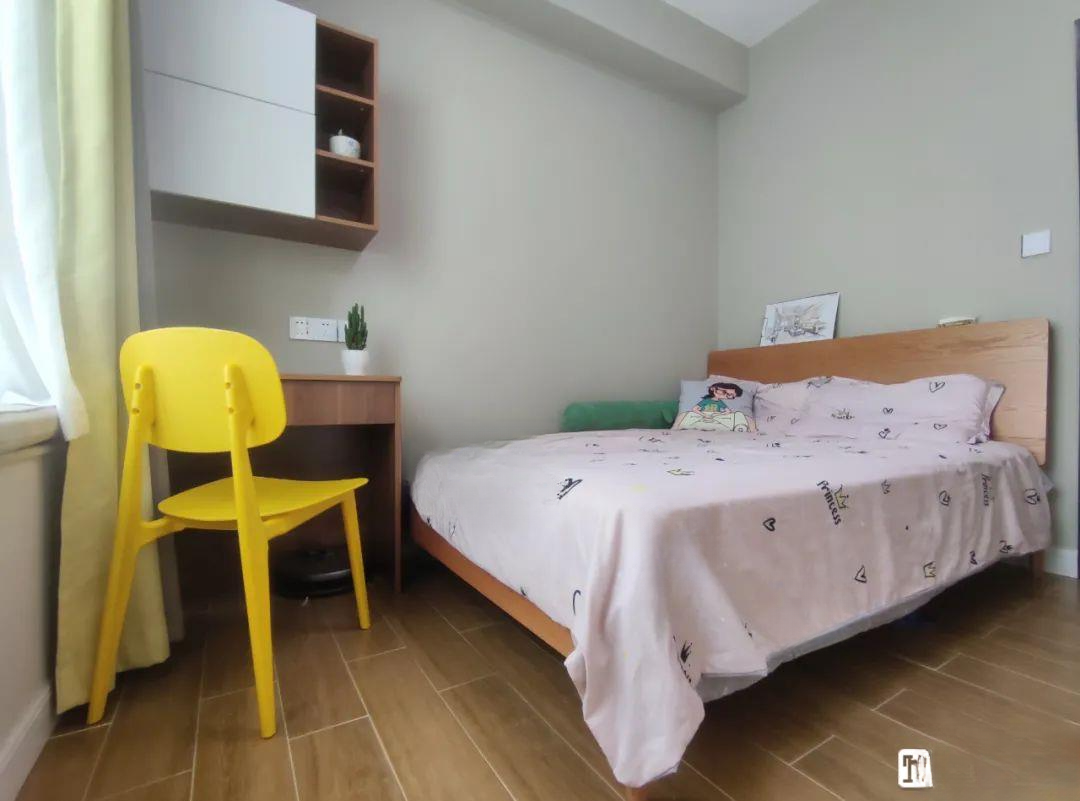
To sum up, the size of the bed should be chosen according to the width and area of the bedroom, without considering the length of the bedroom: when the width of the bedroom is greater than 2.4 meters, you can choose a 1.2-meter bed; when the width of the bedroom is greater than 2.7 meters, you can choose a 1.5-meter bed; when the width of the bedroom is greater than 3 meters, you can choose a 1.8-meter bed.
Related pictures
1. I bought a small apartment with a small living room. How can I design it to look generous? 7 ways to make the living room more spacious!
2. When painting the wall with latex paint, which color should I choose that will be timeless and attractive?
3. What are the common materials for living room TV background walls?